WATCH VIDEO :
On the morning of May 21, within the framework of the expanded G7 Summit, Prime Minister Pham Minh Chinh and heads of delegations from invited countries visited Hiroshima Peace Memorial Park in Hiroshima city, Japan.
Here, heads of delegations from guest countries attending the expanded G7 Summit were introduced to the atomic bombing of Hiroshima that killed 140,000 people, many of whom were children.

Delegates heard stories about a school for children to do community service work on the streets at the time of the bombing; saw paintings of children burned in the bombing; children's bicycles; stories about children who died from radiation poisoning...
Japanese Prime Minister Kishida Fumio invited heads of delegations from guest countries and heads of international organizations to visit the Peace Memorial Museum. There, the heads of delegations viewed an electronic model of Hiroshima city before and after the bombing, and viewed some pictures of the devastated city as well as artifacts remaining after the bombing.

Prime Minister Pham Minh Chinh and the heads of delegations signed the guest book. Afterwards, the heads of delegations went to the Peace Monument and laid wreaths at the memorial stele for the victims of the atomic bombing.
The guests' visit to the Hiroshima Peace Memorial Museum has special significance, as this is where traces of the consequences of the US atomic bombing of this city on August 6, 1945 are kept.
Japan's choice of Hiroshima as the venue for the conference is to affirm its political goal of a world without nuclear weapons. This is also the first time this city has hosted the biggest and most important event of the year of the G7.

The Atomic Bomb Dome stands tall in Hiroshima Peace Memorial Park as a reminder of the destruction and damage caused by nuclear weapons.
With that meaning, Hiroshima was chosen to host the G7 Summit and the expanded G7 Summit this year.
Japanese Prime Minister Kishida Fumio once said that Hiroshima was chosen to focus the attention of countries on the issue of nuclear disarmament. Since then, G7 leaders have almost witnessed firsthand the consequences of using atomic bombs.
This is also one of Japan's top priorities at the conference, aiming to "build a world without nuclear weapons", with the foundation of joint efforts being mutual trust and transparency among nuclear-weapon states. Hiroshima is striving to be recognized as an international city of peace and culture with three pillars: "a city that spreads peace to the world", "a vibrant and internationally open city" and "a cultural city full of humanity".
Thu Hang (From Hiroshima, Japan)
Source




![[Photo] Hanoi morning of October 1: Prolonged flooding, people wade to work](https://vphoto.vietnam.vn/thumb/1200x675/vietnam/resource/IMAGE/2025/10/1/189be28938e3493fa26b2938efa2059e)



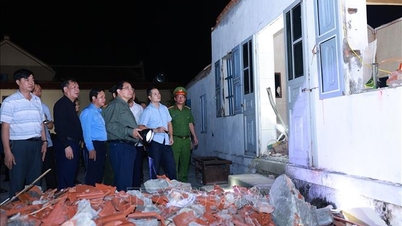

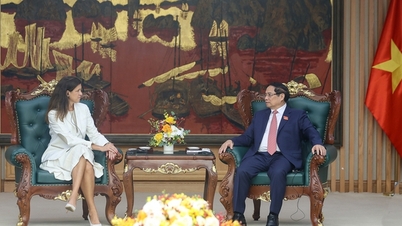


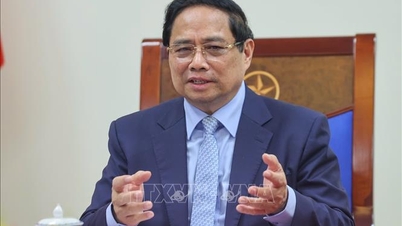
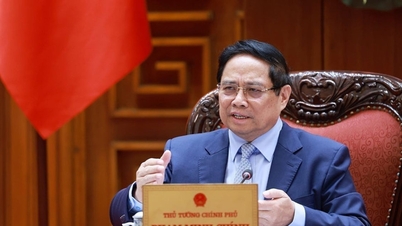

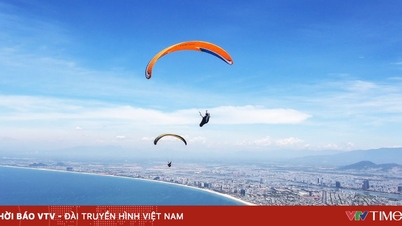















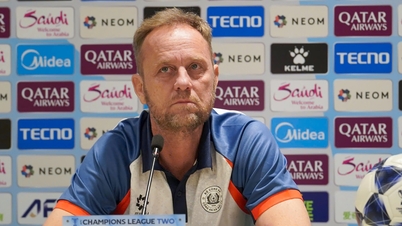
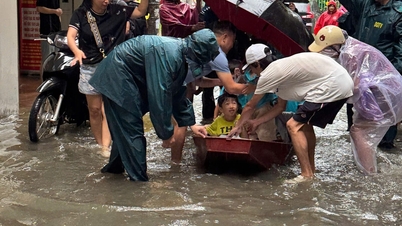
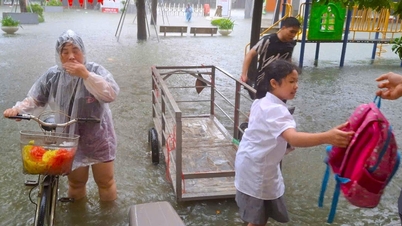
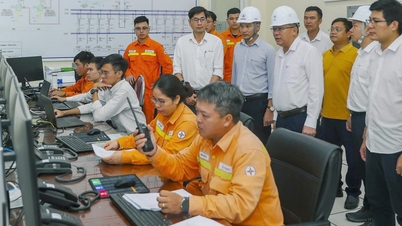
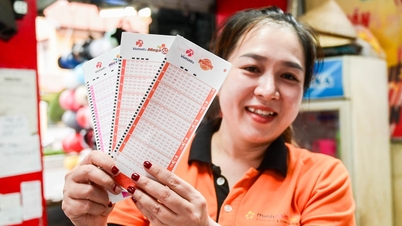
![[Photo] President Luong Cuong receives President of the Cuban National Assembly Esteban Lazo Hernandez](https://vphoto.vietnam.vn/thumb/1200x675/vietnam/resource/IMAGE/2025/9/30/4d38932911c24f6ea1936252bd5427fa)
![[Photo] The 1st Congress of Phu Tho Provincial Party Committee, term 2025-2030](https://vphoto.vietnam.vn/thumb/1200x675/vietnam/resource/IMAGE/2025/9/30/1507da06216649bba8a1ce6251816820)
![[Photo] Panorama of the cable-stayed bridge, the final bottleneck of the Ben Luc-Long Thanh expressway](https://vphoto.vietnam.vn/thumb/1200x675/vietnam/resource/IMAGE/2025/9/30/391fdf21025541d6b2f092e49a17243f)




















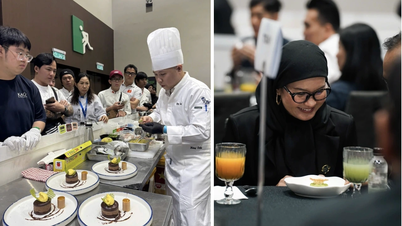

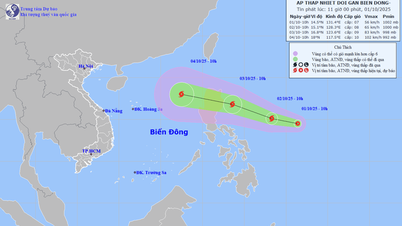
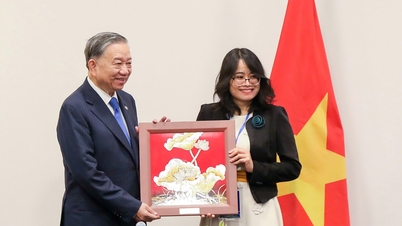
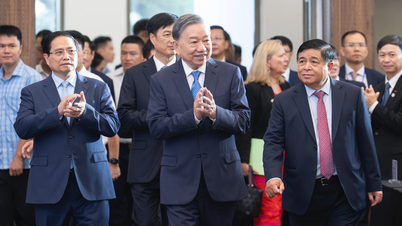
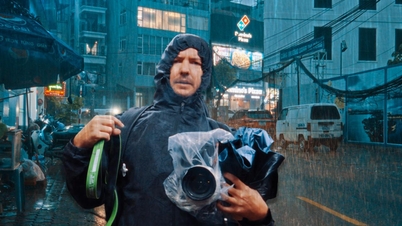











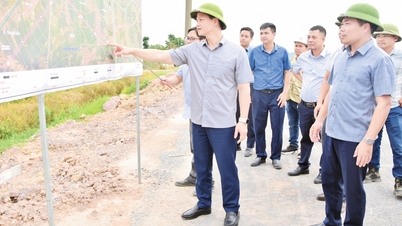

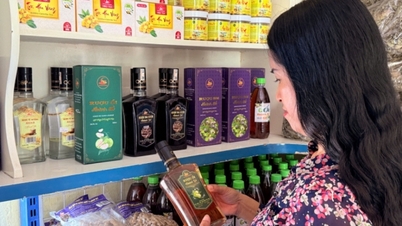

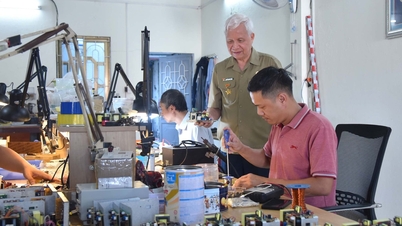















Comment (0)